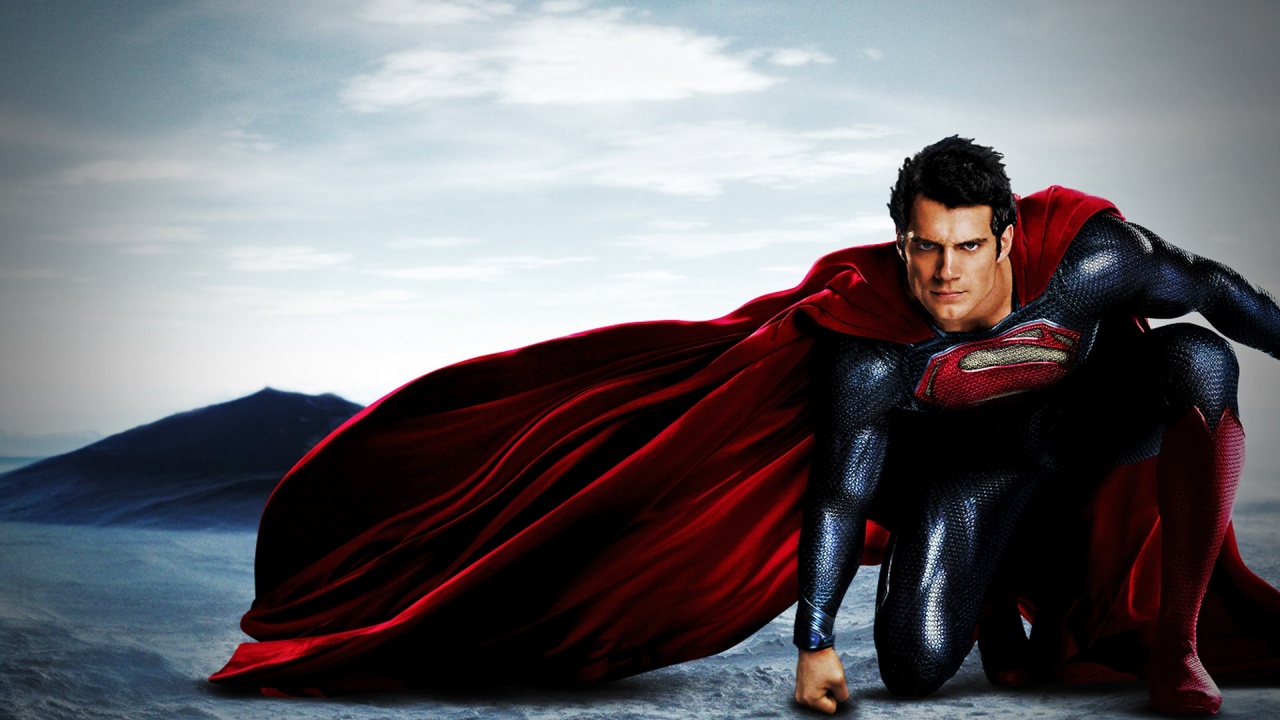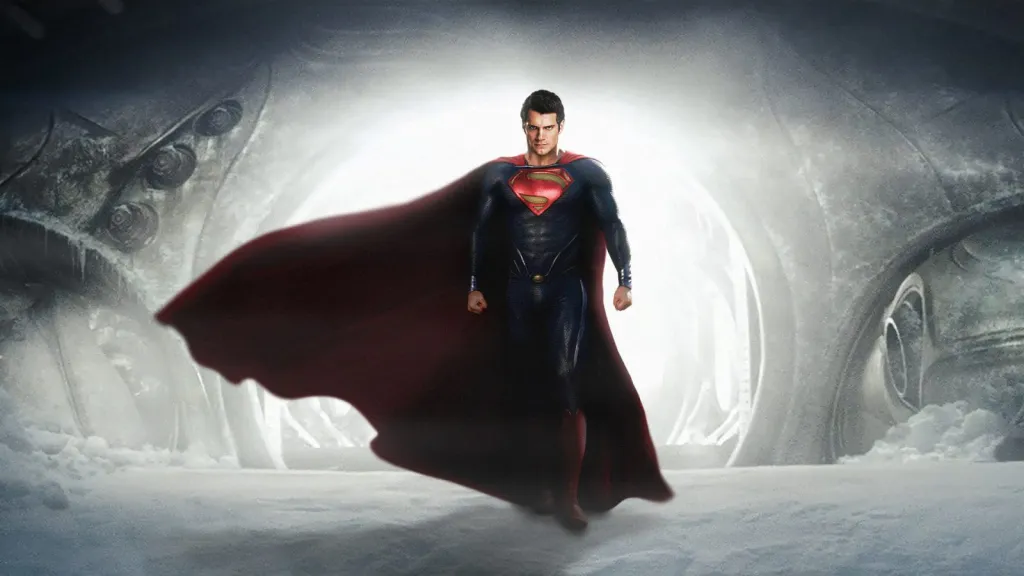MAN OF STEEL (2013)
- quoctinh
- November 4, 2024

Man of Steel (2013): A Bold Reimagining of Superman’s Origin
Introduction
Man of Steel, directed by Zack Snyder and released in 2013, serves as a reboot of the Superman franchise, offering a fresh take on the origin of the iconic superhero. Produced by Christopher Nolan and scripted by David S. Goyer, the film stars Henry Cavill as Superman/Clark Kent, alongside an impressive cast that includes Amy Adams, Michael Shannon, Diane Lane, Kevin Costner, Laurence Fishburne, and Russell Crowe. The film blends Snyder’s distinctive visual style with a darker, more grounded interpretation of the Superman mythos, setting the stage for the DC Extended Universe.
Plot Summary
The story begins on the dying planet Krypton, where Jor-El (Russell Crowe) and his wife Lara give birth to Kal-El, the first naturally born Kryptonian child in centuries. In a desperate attempt to save him from Krypton’s imminent destruction, they send him to Earth with a genetic codex containing the future of the Kryptonian race. Meanwhile, General Zod (Michael Shannon), a powerful military leader on Krypton, rebels against the planet’s leadership in an attempt to seize control. When his coup fails, Zod and his followers are banished to the Phantom Zone but escape when Krypton is destroyed.
Kal-El lands on Earth, where he is discovered and raised by the Kent family in Kansas, who name him Clark. As Clark Kent grows up, he grapples with his extraordinary abilities, hiding his true self while struggling to find his place in the world. His adoptive parents, Jonathan (Kevin Costner) and Martha Kent (Diane Lane), instill in him a sense of responsibility, teaching him the value of humility and restraint.
As an adult, Clark eventually uncovers his origins through a hidden Kryptonian scout ship, where he learns of his alien heritage from a hologram of Jor-El. However, before Clark can fully assimilate this knowledge, General Zod arrives on Earth, seeking to rebuild Krypton by terraforming Earth. This sets up an intense conflict between Superman, who is determined to protect humanity, and Zod, whose vision of Krypton’s rebirth disregards human life entirely.
Themes and Symbolism
Man of Steel explores themes of identity, sacrifice, and the struggle between duty and personal choice. Unlike traditional Superman stories, where Clark Kent quickly assumes his role as Earth’s protector, Man of Steel portrays a more hesitant and introspective character who wrestles with questions about his responsibility to humanity and his connection to his Kryptonian heritage. This makes him a complex figure, more grounded and relatable, as he navigates the tension between two worlds.
The film also leans heavily into the symbolism of Superman as a Christ-like figure, a “savior” who feels the burden of being set apart from others. His journey reflects the notion of self-sacrifice and duty, as he is ultimately willing to risk his own existence to save humanity from destruction. Snyder’s visual direction enhances these themes, particularly in scenes that emphasize Superman’s isolation and his journey toward self-acceptance.
Visual Style and Action Sequences
Zack Snyder’s direction imbues Man of Steel with a distinct visual flair, characterized by sweeping landscapes, sharp contrasts, and intense action sequences that convey both the power and vulnerability of Superman. The film’s fight scenes, particularly the climactic battle between Superman and Zod, are visceral and larger-than-life, showcasing the destruction that can occur when superhumans clash. Snyder’s depiction of Krypton is also striking, presenting a technologically advanced but ecologically ravaged world, setting a somber tone for the film’s narrative arc.
Hans Zimmer’s score for Man of Steel also plays a vital role in shaping the film’s emotional atmosphere. Unlike John Williams’ triumphant and hopeful theme for Superman, Zimmer’s composition is darker, more somber, and intense, reflecting the film’s more grounded tone.
Critical Reception and Legacy
Upon its release, Man of Steel divided critics and audiences, receiving mixed reviews but ultimately performing well at the box office, with over $660 million worldwide. Some praised its ambitious reimagining of Superman, highlighting Henry Cavill’s performance as a strong, more conflicted Superman, as well as Snyder’s bold action scenes. Others, however, criticized the film for its darker tone and the extensive destruction during the final battle, feeling that it clashed with Superman’s hopeful, uplifting character.
Despite the polarized reception, Man of Steel has continued to spark discussion among fans and critics alike, and it laid the groundwork for the DC Extended Universe by introducing a more serious, complex portrayal of superheroes. It redefined Superman for a modern audience, breaking away from previous depictions to offer a nuanced and introspective take on the character.
Conclusion
Man of Steel stands as a pivotal moment in superhero cinema, showcasing Zack Snyder’s unique vision of Superman while tackling profound themes of belonging, identity, and heroism. Although it may not have pleased everyone, it undeniably offered a fresh perspective on one of the world’s most beloved heroes, pushing the boundaries of what a Superman story could be. As the foundation of the DC Extended Universe, Man of Steel continues to shape and influence the portrayal of Superman in popular culture, leaving a lasting legacy for new generations of fans.











